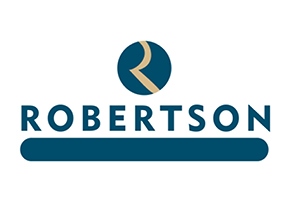23 April 2017
Students working on ‘floating compression’ design

Students from the Emergent Technologies and Design Programme at the Architectural Association School of Architecture are once again developing an innovative timber pavilion for Timber Expo 2017, co-ordinated by TRADA.
This year’s creation derives from extensive research on plywood composite material systems, focused on the integration of doubly curved plywood forms and tensile cables.
The design is a development from an initial understanding of ‘tensegrity’ (or floating compression) systems. The design proposal departs from a pure tensegrity through the design of a three-dimensional structure where doubly-curved plywood members coexist in equilibrium due to the incorporation of tensioned cables providing their support.
The material system has been proposed as a series of three interconnected spaces: an entrance, an enclosure and open seating. Each space is characterised by the differentiation of spatial characteristics such as permeability, light and shadow providing visitors with an interactive spatial experience.
The plywood strips are comprised of three interwoven elements of 3mm thickness and approximately 12m long, each supported by a single point at the ground. The design of the strips employs the textile technique of braiding, which provides for double curvature and structural stiffness using simple plywood elements that bend and twist.
Students in the Emergent Technology and Design Programme have employed full-scale physical prototyping as well as computational modelling to develop design solutions integrating geometry, fabrication strategies, structural performance and construction logic within one integrated design solution.
Visitors to this year’s Timber Expo will be able to marvel at the installation, which once again is sponsored by Hanson Plywood.























